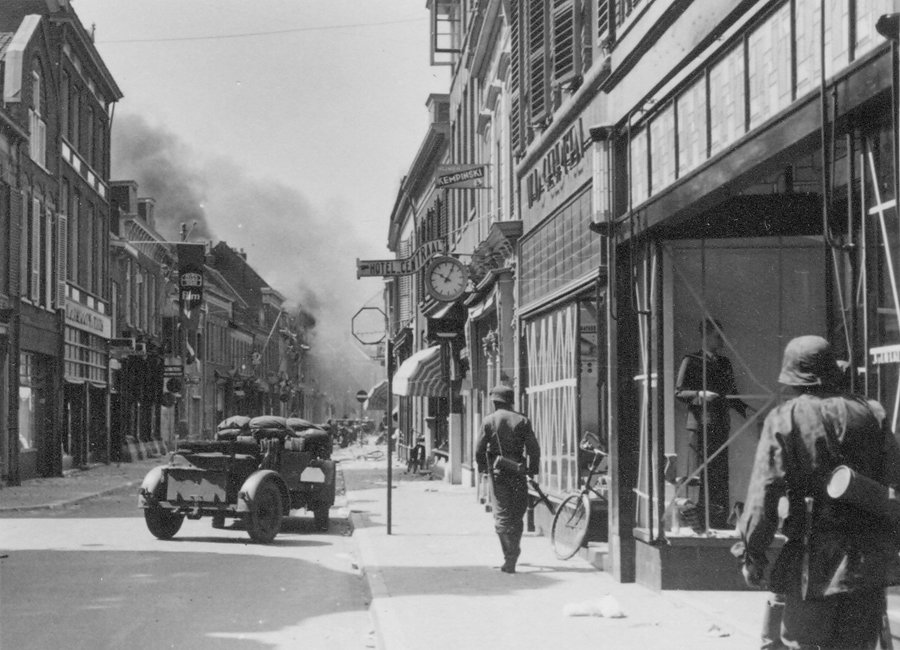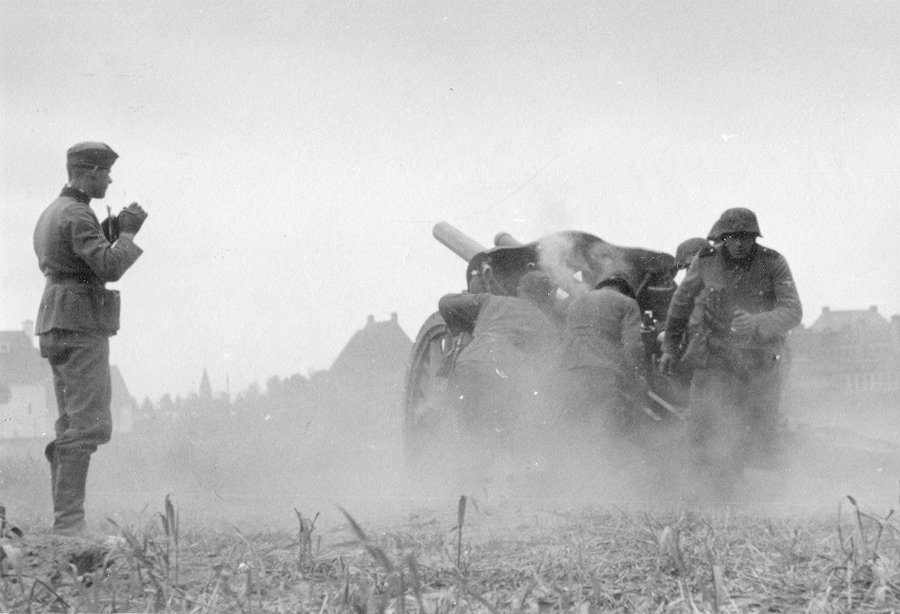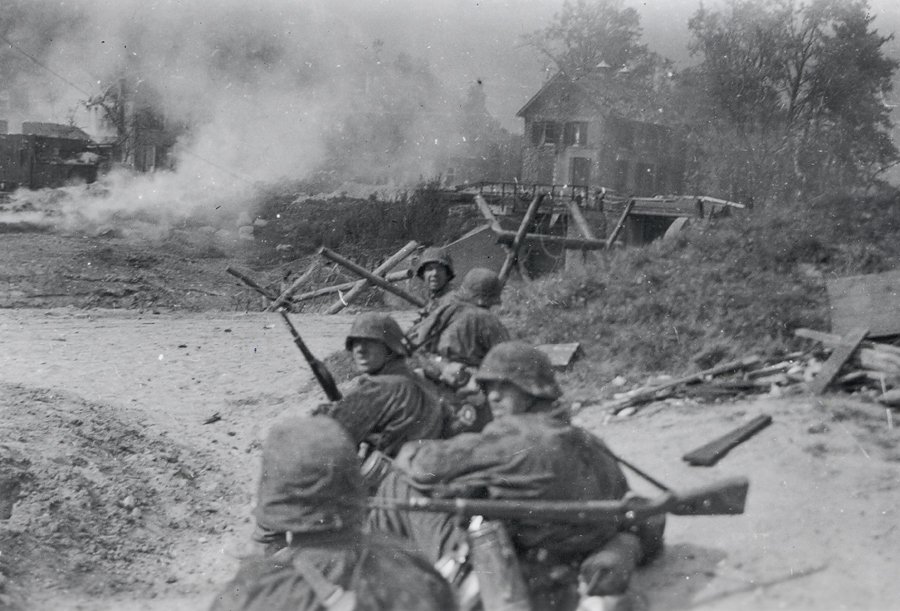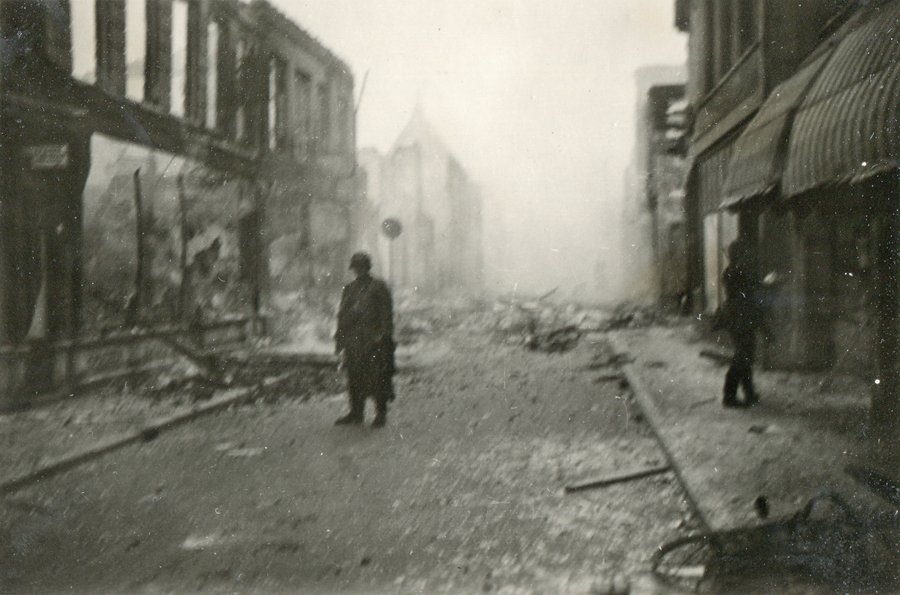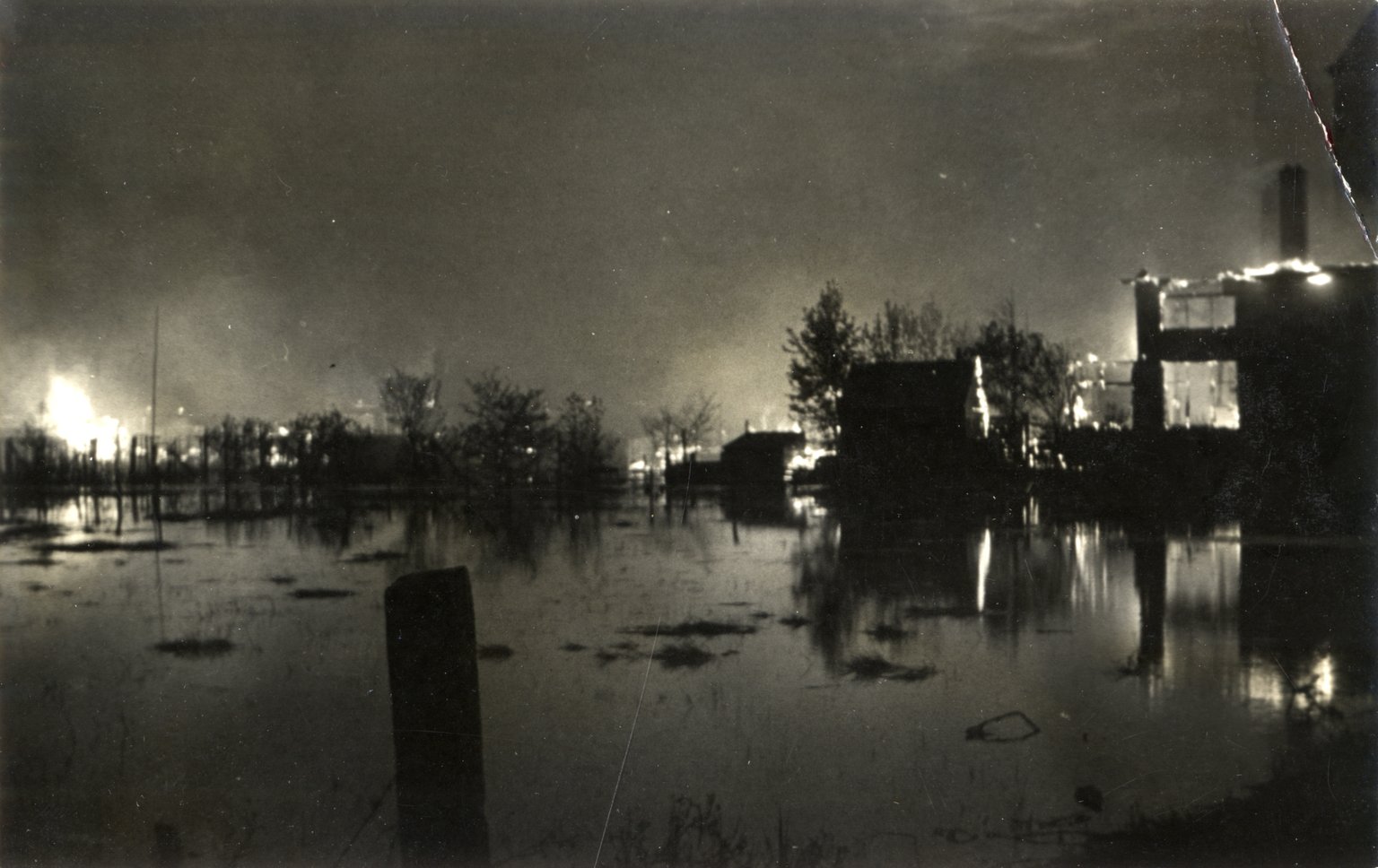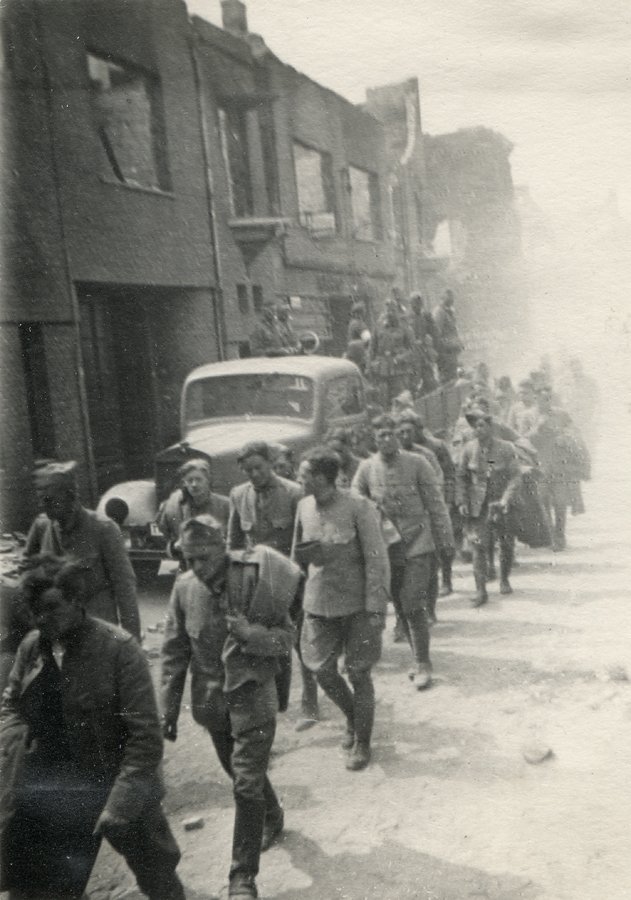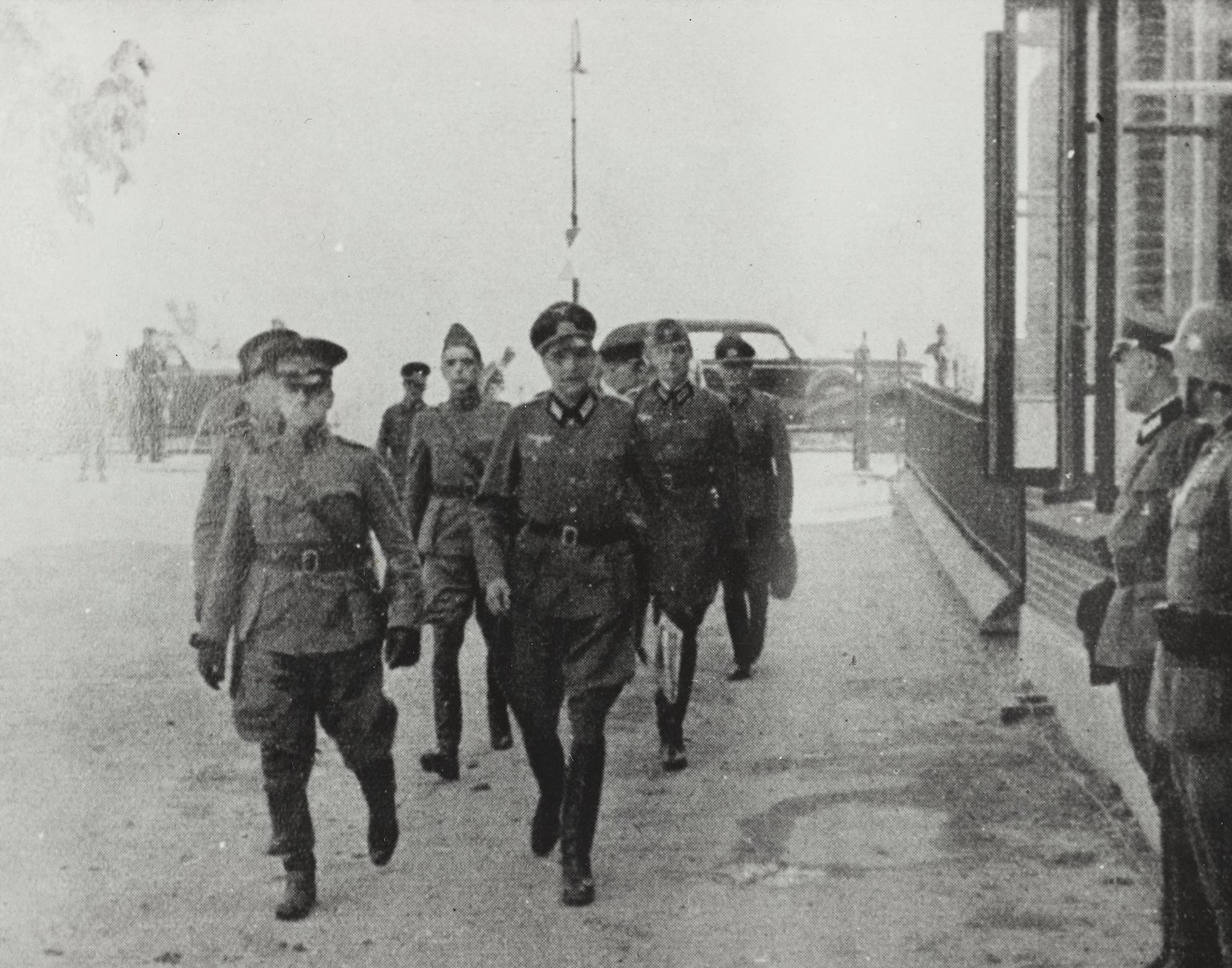One day after the invasion of the Netherlands, part of the German army reached the Grebbe Line, about 60 kilometres from the German border. This defence line consisted of a hill with steep slopes. At the foot of the hill, there were reinforcements, and the land in front of it was inundated.
The attack was launched on 11 May and one day later, the Germans had all but taken the Grebbeberg hill. The Dutch defence had been caught off guard. The next morning the Dutch army launched a counterattack but failed. By the end of the afternoon the Dutch gave up and the troops retreated to a new line of defence in the West.
